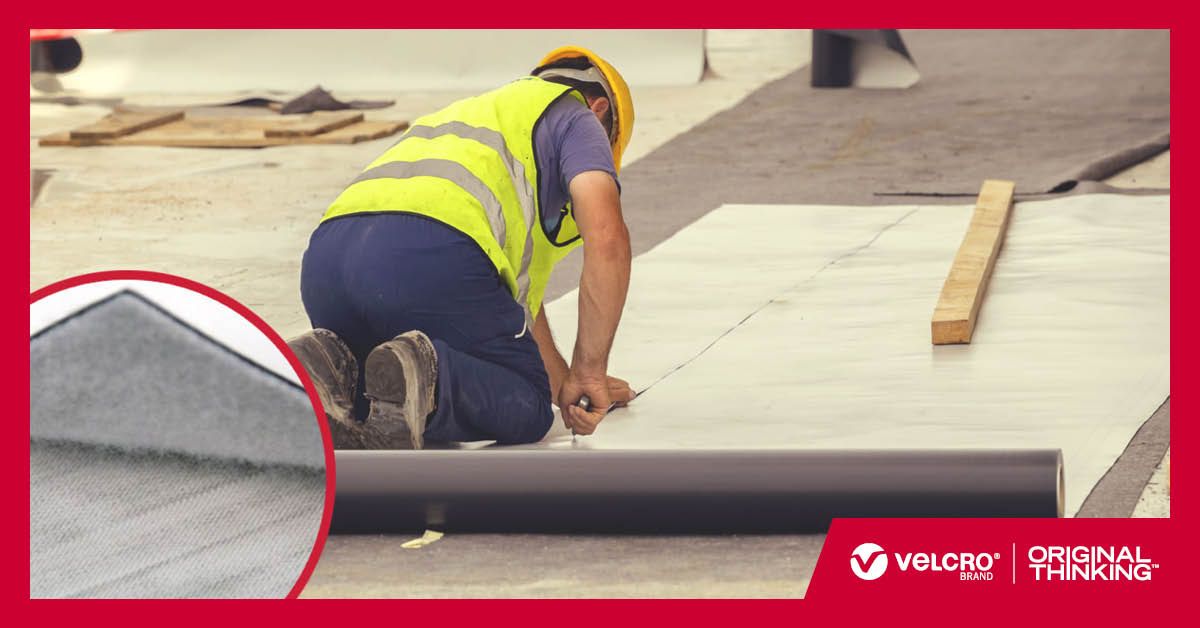Roofing contractors need to make sure commercial roof installations stand the test of time so businesses can stay focused on their operations and not worry about the roof over their heads. Roofs must be installed based on the climate, customer specifications and tools at hand. It’s best to take preventative action before installing a roof to help reduce the risk of damage and failure.
1. Installing at the Wrong Time of Year
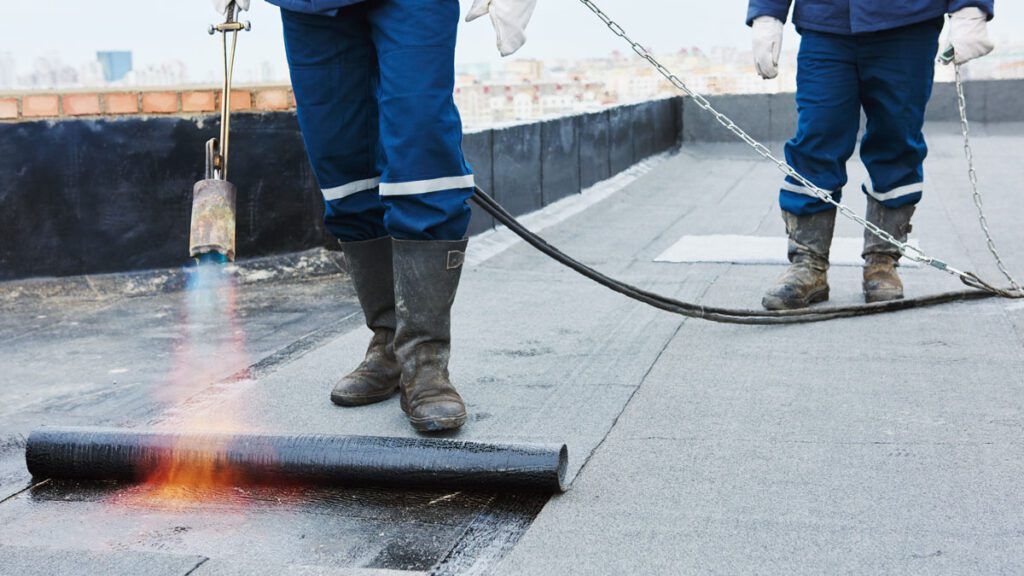
Many traditional roofing attachment methods, such as bitumen, are sensitive to the time of year they are installed. In the case of bitumen, it needs warm weather to attach to the building materials; then it will cure and hold. This creates an optimal bond for a healthy, long-lasting roof.
Since this can only be performed during the warm sunny months, roofing contractors need to make the most of their time. If a bitumen roof is installed too late in the season or if an unexpected cold front or snowstorm moves in, this will greatly compromise on the roof’s security and lifespan. Most of North America sees freezing temperatures at some point during the year. This means time windows are highly important and installers need to find something to do during the off season.
To help solve this common challenge, commercial roofing systems can be installed with VELCRO® Brand hook & loop fasteners instead of bitumen. Without the need of melting materials, a hook and loop system can be installed year-round for a strong bond and without the harmful effects of off-gassing produced from bitumen. Without an off season, installers can retain employees and schedule jobs at any time.
2. Leaks Caused by Penetration of Roof Membranes
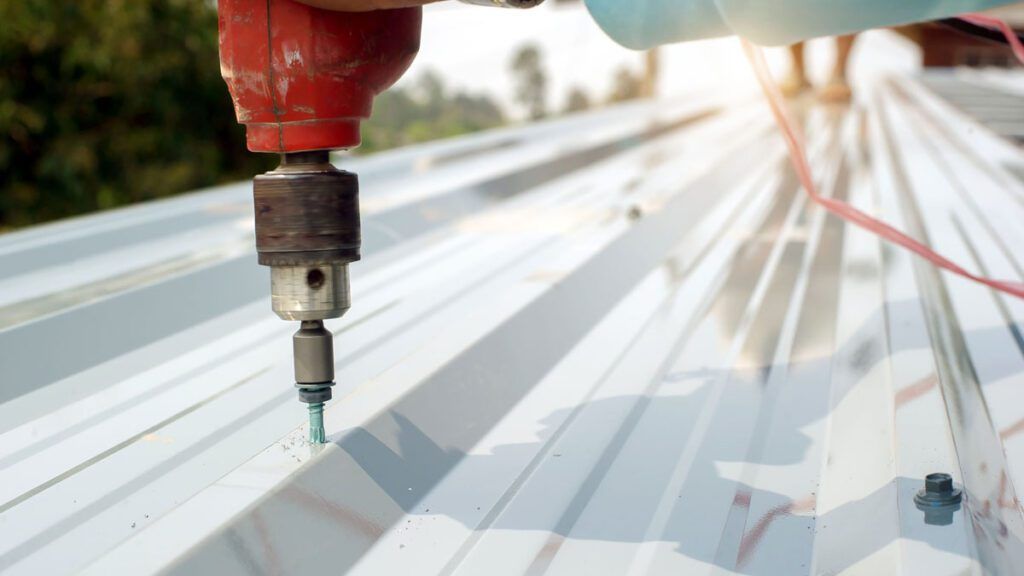
Penetration commonly occurs after installation due to weather and debris, but this can happen during installation too. Sharp hardware such as screws or nails can be used to secure roof membranes and materials, but they create holes that can become vulnerable to leaks as water, snow, and hail will wreak havoc. The holes can eventually become corroded and create larger leaks.
Sharp hardware such as nails and screws can also be eliminated with a different fastening system. VELCRO® Brand Fasteners require no tools that will damage surfaces. When roofs need to be updated or moved, hook and loop fasteners are a simpler method of removing and re-attaching as opposed to hardware that will leave holes and leaks.
3. Uplifting Forces from Winds
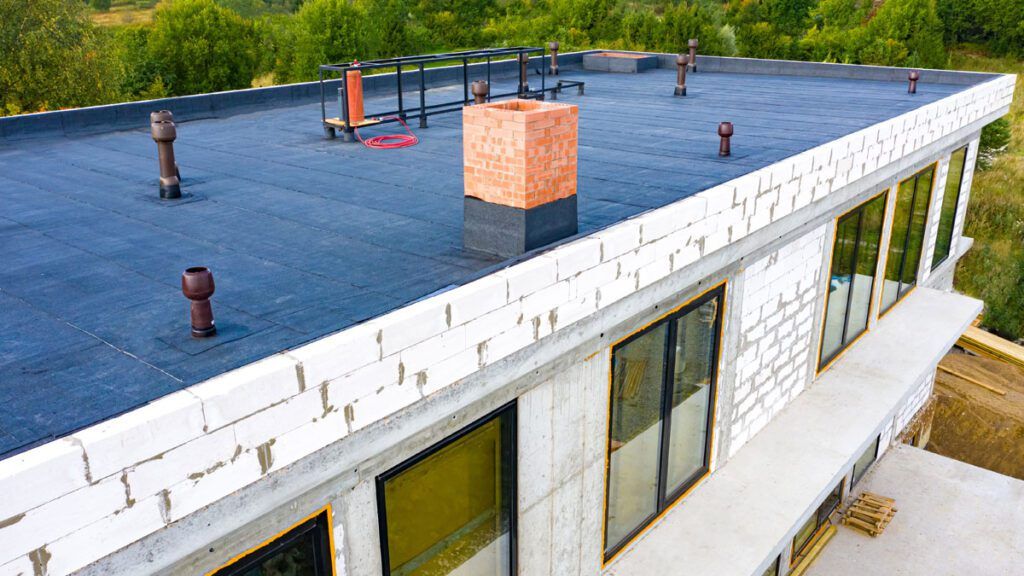
Mother nature is powerful, and strong winds will race up the side of the building and apply pressure to roof structures. Bernoulli’s principle states that the faster air is moving, the lower its pressure. When high wind gusts are blowing outside the building, there is low pressure outside, but the high pressure inside will want to rise with it and add tremendous pressure to the roof.
This is another issue that can be mitigated with preventative action. Take into consideration how the roof is attached and the vulnerability of the building to strong winds. Be aware of the building’s wind uplift resistance, which is determined by local landmasses, how tall the building is and how many openings it includes. It is also critical to check on the local wind maps to identify what wind patterns the building will endure.
Building uplift resistance in governed by ACSE 7. These guidelines are updated every so often and will help determine how to construct your roof based on all of the afore mentioned factors.
A roof system secured with VELCRO® Brand hook and loop fasteners can withstand the extreme pressures applied to roofs during severe storms. The acting force applied by wind uplift is known as tension and VELCRO® Brand fasteners have unmatched strength in tension applications. This fastening system was proven to be effective against severe wind uplift after a devastating derecho storm in 2020.
How VELCRO® Brand Fasteners can Help with Commercial Roof Installations
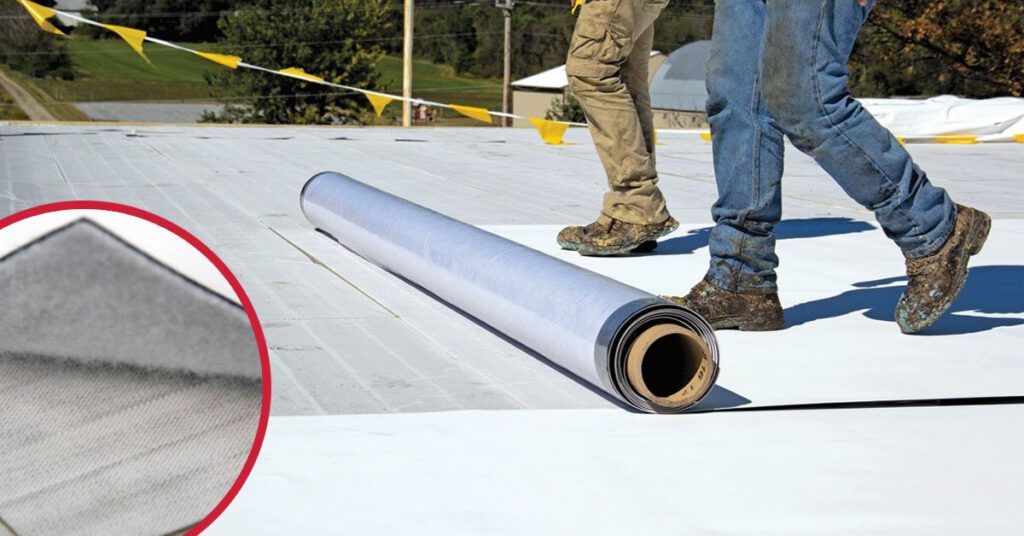
It is important to contemplate the type of fastener used to secure the roof membrane. VELCRO® Brand fasteners remove the risk to workers caused by bitumen materials, expand installation seasons, do not require puncture holes to install and have been a proven success under extreme weather conditions.
Don’t leave your customers to worry about a leaky roof. Prevent unhappy customers and frequent repair jobs by choosing a new fastening method for your commercial flat roof installations.
